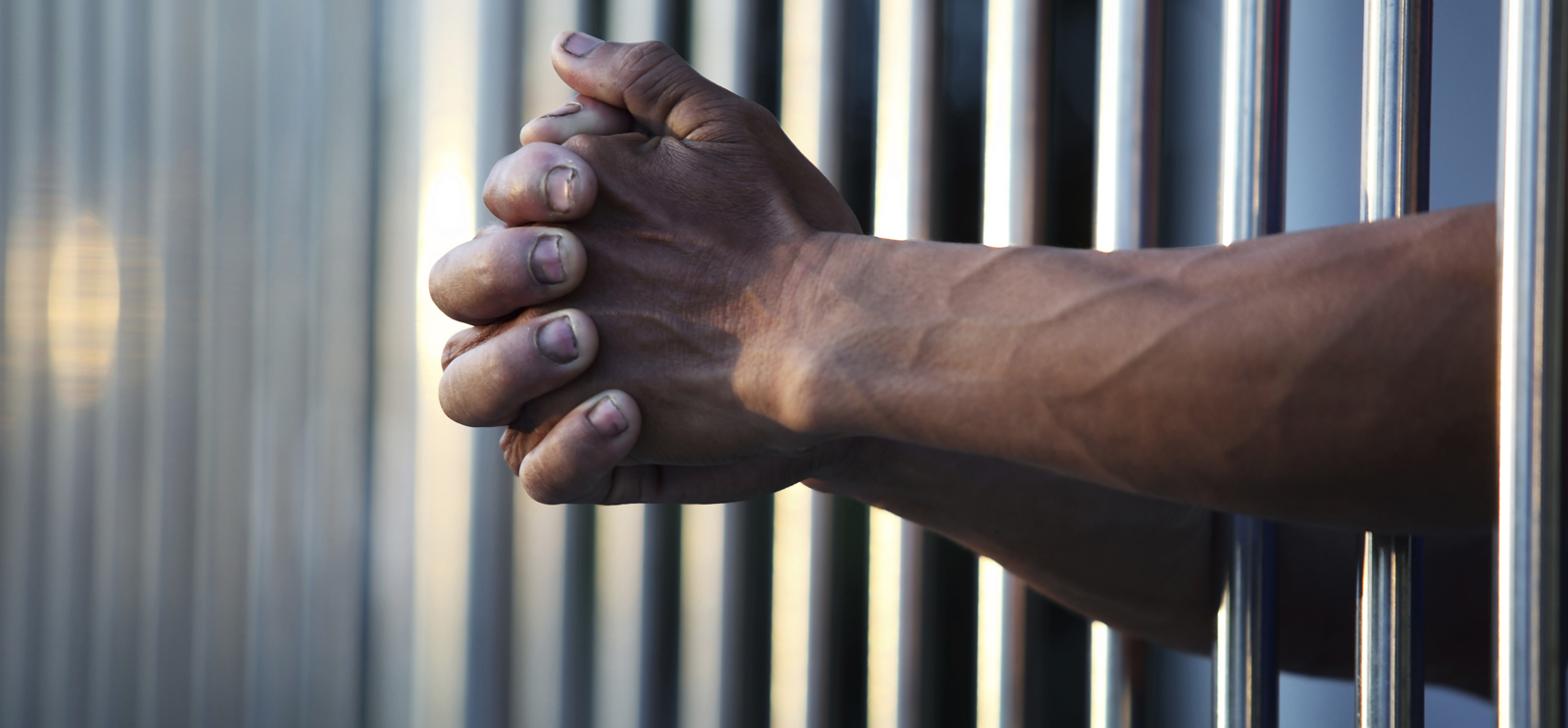
The number of mentally ill inmates in American jails and prisons has swelled since the 1960s. (©iStock.com/Sakhorn38)
A landmark lawsuit aims to reform treatment of mentally ill inmates in Illinois prisons.
The stories couldn’t possibly be true.
That’s what Laura Miller, JD’82, thought when she first got involved in a lawsuit against the Illinois Department of Corrections on behalf of mentally ill inmates. The class-action abuse case, Rasho v. Baldwin, which began in 2007 and unfolded over the next eight years, would ultimately involve 11,000 inmates represented by attorneys from four legal organizations. In December both sides agreed to a settlement calling for $40 million to improve prison facilities and $40 million annually for new personnel.
In the lawsuit’s early years, a team of expert investigators visited several Illinois prison facilities to examine the treatment of mentally ill inmates. Some of the plaintiffs’ claims of abuse seemed almost unbelievable—“but sure enough [they were] true,” says Miller, managing attorney for civil rights at Equip for Equality, an organization that advocates for the disabled in Illinois.
In their complaint, the plaintiffs alleged they were subjected to cruel and unusual punishment: Inmates who attempted to hang themselves using prison-issued sheets say they were fined for the cost of the sheet. Suicidal inmates would be stripped naked and put in “crisis cells” with no mattress or blankets. Some were deprived of psychotropic medications, causing serious health risks. Others were forced into extended periods in solitary confinement as punishment for their symptoms. (The IDOC has not admitted liability regarding the allegations.)
“It’s a combination of neglect, insensitivity, and a level of unconcern that is shocking,” says Harold Hirshman, LAB’62, JD’69, a partner at Dentons who worked on the case pro bono.
Incarceration of the mentally ill has grown dramatically in recent decades. The Bureau of Justice Statistics estimates that roughly half of incarcerated Americans have some kind of mental health problem. About 14 percent of male and 31 percent of female inmates in American jails have a serious mental illness, such as schizophrenia, bipolar disorder, or major depression, according to a 2009 study in Psychiatric Services.
Experts like Matthew Epperson, assistant professor in the School of Social Service Administration, trace the origin of the problem to the 1960s, when an effort spearheaded by President John F. Kennedy led to the closure of psychiatric institutions around the country. Deinstitutionalization stemmed from a positive impulse, but was troubled in practice. “There [weren’t] the same kind of resources and planning made to develop a continuum of care in the community,” explains Epperson, who studies mental illness and incarceration. “Folks went from literally living their whole lives in institutions to now having to navigate issues around housing, basic needs, and coordinating treatment.”
Closure of state-run hospitals wasn’t the only force leaving the mentally ill vulnerable to criminalization. Epperson, who was a social worker in a county jail before becoming an academic, says the vast majority of the mentally ill inmates he saw suffered from a nexus of problems, including substance abuse and poverty. “If you’re mentally ill and poor ... you’re much more likely to be in the criminal justice system,” he says.
Someone with a mental illness entering prison in Illinois is likely to face a system unprepared to handle his or her condition. Correctional officers are trained to subdue uncooperative inmates, but not those with psychotic symptoms. Inmates who are prescribed psychotropic medications often don’t receive follow-up about whether the treatment is effective. As a result, “whatever their mental health condition is, it tends to worsen in jails and prisons,” Epperson says.
No single lawsuit could transform Illinois’s correctional system overnight. With Rasho, attorneys for the plaintiffs say, their goal was to make the state meet its Eighth Amendment obligation. Miller is sympathetic to the societal tendency to not make prisons “attractive and fun places. They are not country clubs.” But, she says, no one is asking for luxury. “We’re asking that they get basic services to treat an illness.”
After the multiyear negotiation process, both sides agree they’ve arrived at a settlement that will, once finalized by a judge this spring, improve delivery of those basic services. Under the agreement, the state will create residential treatment units staffed by 700 new employees that will provide appropriate care to mentally ill inmates. The settlement also calls for the Illinois Department of Corrections to review the mental health of all prisoners in solitary confinement, as well as 20 hours a week of out-of-cell time for mentally ill inmates sentenced to solitary confinement for more than 60 days.
The IDOC’s acting director John Baldwin said in a statement the changes would “improve correctional outcomes for those with mental illness and increase safety for our dedicated staff, all offenders, and the citizens we serve.”
Reforms are gradually being rolled out and construction on the residential treatment units is already under way. Illinois governor Bruce Rauner’s administration has set aside funding for the Rasho settlement, but Hirshman acknowledges all the work yet to be done. “It’s like getting to the base camp of Everest. You’re not at the top yet.”
